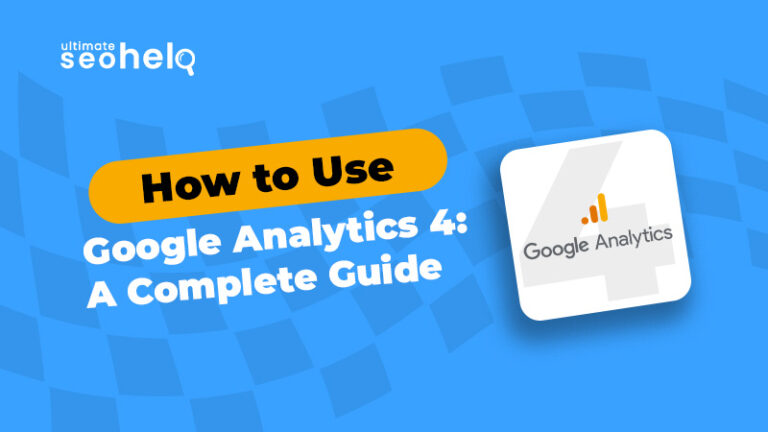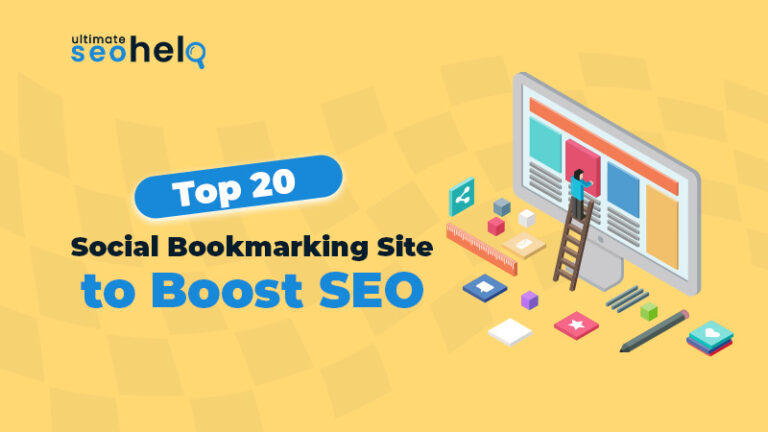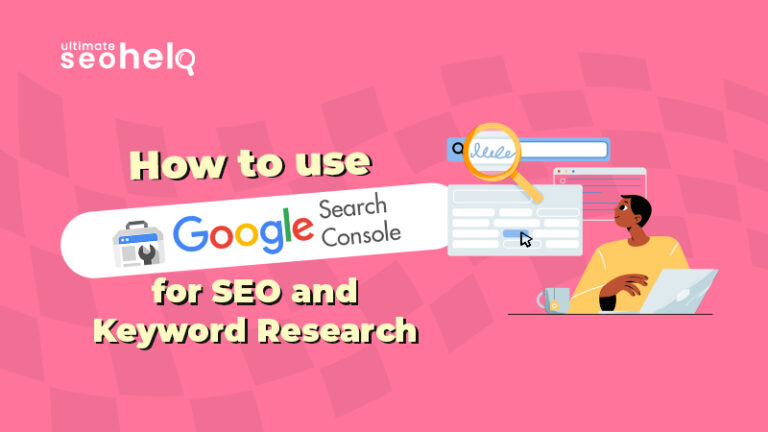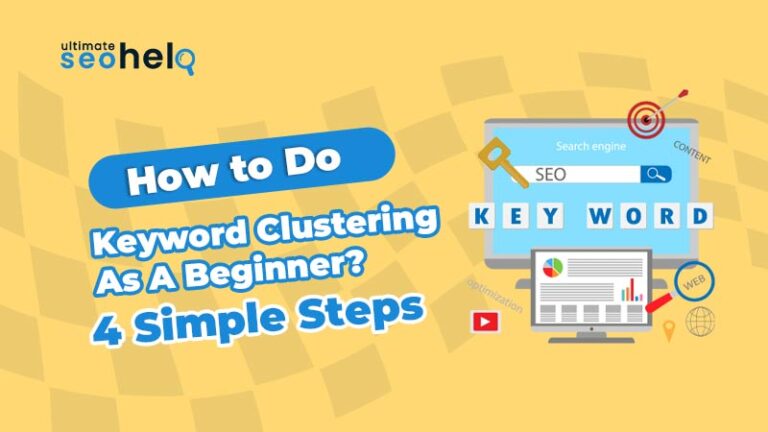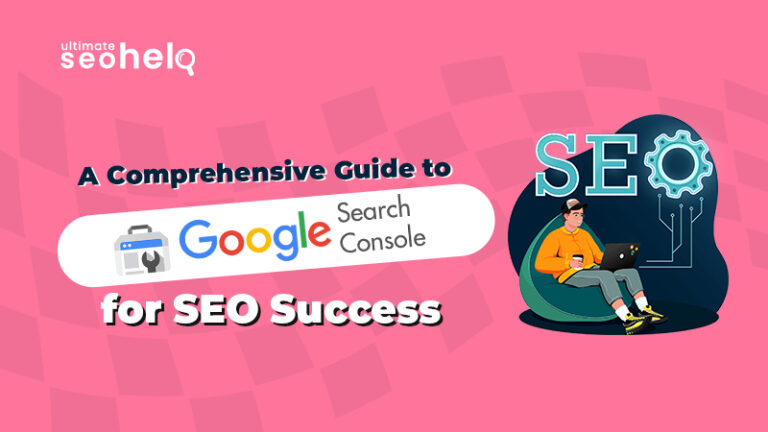Google Analytics 4 (GA4) represents a significant shift from its predecessors, offering a more intuitive and user centric way of tracking websites and app analytics. In October 2021, Google revealed its most significant change in the next evolution of Google Analytics Software: Google Analytics 4 that has replaced Universal Analytics on July 11, 2023. Millions of users worldwide now rely on Google Analytics 4 (GA4) as their go-to web analytics tool.
There is so much to learn from major updates and its normal to question how this may impact your job or business. Compared to previous iterations, GA4 is a completely revamped platform. GA4 brings advanced tracking and reporting features using machine learning model. Consequently, business owners can analyse their website performance across various platforms more precisely.
Unfortunately, setting up GA4 is much harder and time consuming! That’s why in this article, we will discuss how to set up Google Analytics 4.
What Is Google Analytics 4?
Google Analytics 4, also known as GA4, is the next generation of Google Analytics1. It is a new kind of property designed to provide businesses with a comprehensive view of customer behaviour across both websites and apps. GA4 uses an event-based data model, which means it collects data based on user interactions (events) rather than session-based data like the previous versions of Google Analytics.
In Google’s perspective, GA is designed to be the analytics programme of the future, with a primary emphasis on data visualisation and machine learning. Compared to UA, GA4 offers greater insights, predictive analytics, and data visualisations.
Google Analytics 4 vs. Universal Analytics: What has Changed in The New Update?
In short…. a LOT!
GA4 features a very distinct data structure and data collection logic. Now, everything is built around events and users – not sessions, as we’re accustomed to. Every user interaction is treated as a separate event in an events-based approach. Earlier, we used a session-based approach, which categorised user interactions during a specified time period. Thus, this is a big change.
Let’s learn about the changes made in new GA4 update by directly comparing it with Universal Analytics:
- Multi-platform Measurement: With GA4, you can collect data and track user interaction across multiple platforms like Websites, iOS and Android apps. This provides a comprehensive view of the customer journey across different devices.
- Privacy Configuration: GA4 offers privacy controls and configurations including features like “cookie less measurement, data deletion control, granular consent” that ensures website owners can save user data more ethically. Additionally, the platform will stop storing IP addresses.
- Event-based Tracking: In the new GA4, session-based tracking is replaced by event-based tracking allowing you to measure user behaviour and conversions allowing to have a complete view of user’s journey.
- Predictive Metrics: GA4 incorporates machine learning technology to provide predictive metrics and automated insights. This lets you predict the future behaviour of the user – like purchase or churn possibilities and revenue prediction.
Thus, by switching to an “event-based model”, Google Analytics 4 has become more flexible and has improved its ability to predict user behaviour.
How to Set Up GA4: Step-By-Step Guide
There are two ways to set-up Google Analytics 4 – one with “Google Tag Manager (GTM)” and another by updating configuration settings by “Setup Assistant”.
For new users, the Google Tag Manager method is the best option. Current users should migrate Universal Analytics with GA4 as they already have it installed. Here’s how to connect new GA4 using both the methods:
#Method 1: Setup GA4 with GTM
In this method, we will go over how to install Google Analytics 4 (GA4) with Google Tag Manager (GTM). Since this method is intended for new users, let’s begin by downloading GA4.
- STEP 1: Create GA4 Property
- Visit Google Analytics website and Sign In to your account
- Click on “Admin” and ensure that the correct account is selected
- Go to property column and click “+Create Property”
- Now, enter your website name, select a reporting time zone, currency, then click “Next” to create your GA4 property
- STEP 2: Configuring GA4 Property in GTM
- Open a new tab, and Sign In to your Google Tag Manager account
- Select your website’s container and click on Tags > New > Tag Configuration
- Choose “Google Analytics: GA4 Configuration”
- Enter your “Measurement ID” from your GA4 property
- STEP 3: Setup Triggers
- In GTM, under your GA4 Configuration tag, click on “Triggering”
- Select the triggers that determine when this tag will fire (e.g., All Pages for page views).
- STEP 4: Publish Changes In GTM
- Once your tags and triggers are set, click “Submit” to publish these changes.
- Name your version and click “Publish”
#Method 2: Configure GT4 with Setup Assistant
Owners of active Google Analytics accounts can simplify the configuration procedure with the help of the GA4 Setup Assistant.
This is because you don’t have to modify your Universal Analytics account to create a new GA4 property. Then, both your new GA4 property and your current property will continue to gather data for your website.
- STEP 1: Access Setup Assistant
- Visit your Google Analytics account.
- Click on “Admin”, and under the “Account” column, select the correct account.
- In the “Property” column, find your Universal Analytics property and click on “GA4 Setup Assistant”
- STEP 2: Create a New GA4 Property
- In the Setup Assistant, click on “Get Started” under the “I want to create a new Google Analytics 4 property” section.
- Follow the prompts, and a new GA4 property will be created with basic settings
- STEP 3: Link To Your Existing Data Streams
- The assistant will prompt you to link any existing data streams (like your website or app).
- Follow the instructions to ensure your data is accurately tracked
- STEP 4: Review Property Settings
- After setup, review your property settings.
- Adjust data collection settings, user property definitions, and events as needed
Conclusion
Whether you choose to set up GA4 using Google Tag Manager or the Setup Assistant, both methods offer a streamlined process to harness the power of Google Analytics 4. Remember, transitioning to GA4 is a significant step towards understanding your audience better and making data-driven decisions for your online presence. If you haven’t already, start using GA4.

